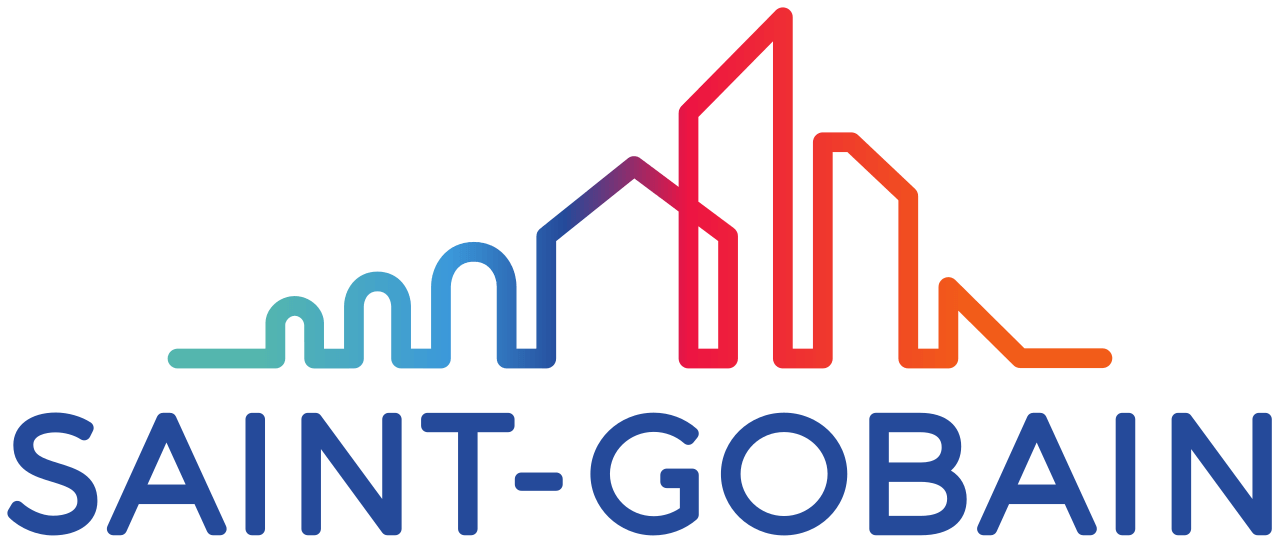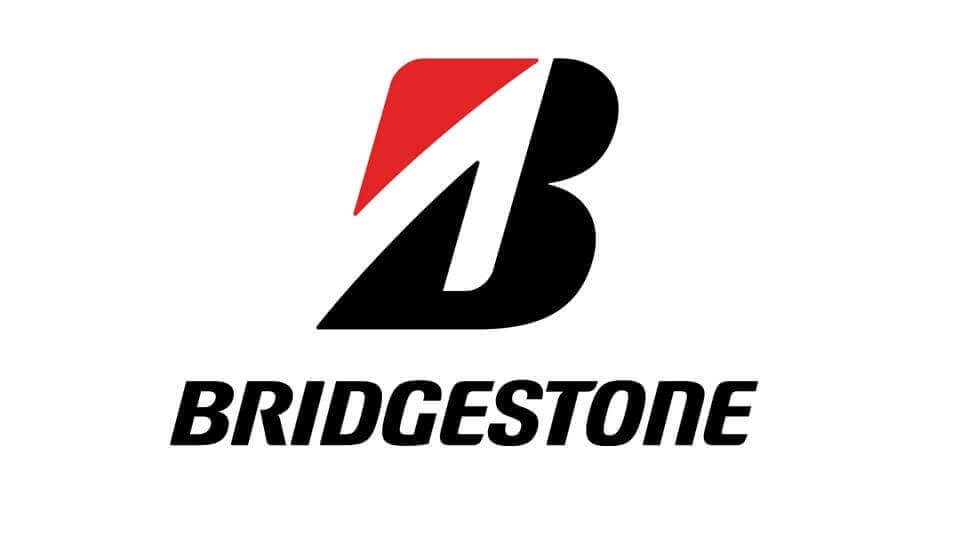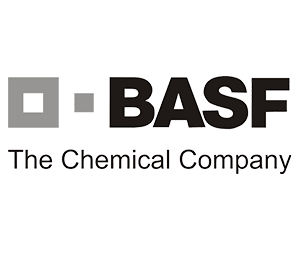Crafting an Effective RFP:
Creating a Request for Proposal (RFP) for a SaaS (Software as a Service) scheduling solution can seem daunting. However, this is a crucial step to help you find a vendor that can address your needs.
So why, exactly, is writing an effective RFP so important? The RFP process allows you to ensure that your internal organization is aligned on the goals of a new project, confirm that you, as the project lead, are well-positioned to succeed, and that the vendors you’re working with can provide what your company requires. Ultimately, a well-crafted RFP can help you to identify the solution that best supports your unique business objectives.
Implementing any new software system takes time, effort, and resources, so you want to be certain you’re betting on the right vendor. After all, you’re looking for a solution to solve a specific problem – so let’s ensure you engage with the best-fit vendor the first time.
Table of Contents:
What is an RFP?
An RFP is a document that outlines your organization’s requirements and asks vendors to propose solutions. It’s essentially an invitation to potential helpers, asking who can best address your organization’s unique needs.
Below is a step-by-step guide to developing an effective RFP so you can find the right vendor and drive value for your organization. Throughout the document, it’s essential to keep your language simple and straightforward to avoid confusion.
Step 1: Define Your Needs and Determine Key Performance Indicators
Understanding Your Requirements
Start by identifying what you need from an employee scheduling solution. Consider the specific challenges you face, such as adhering to union rules, managing shift swaps, handling overtime, and ensuring compliance with labor laws and contracts. Then write these requirements down using simple language::
“Our current scheduling process is manual, time-consuming, and prone to errors. We need a solution that automatically generates schedules while considering multiple union rules, employee preferences, and legal compliance requirements.”
Goals and KPIs
Once you’ve identified your specific needs, clearly state your goals for this solution, which should be measurable. Some of these goals may include:
- Improve scheduling efficiency by 30% within the first year.
- Reduce manual errors in scheduling by 50%.
- Ensure 100% compliance with union contracts and labor laws.
Step 2: Draft Your RFP
Introduction
Begin your RFP with a brief introduction about your organization and the purpose behind the RFP. This will help vendors understand who you are and what you do – without overloading them with details that may not be relevant.
“We are XYZ Company, serving our community for over 20 years. We are seeking a reliable SaaS scheduling solution to address the unique challenges of our workforce.”
Background Information
Provide some context about your workforce and the specific scheduling challenges you face. This might include relevant industry regulations or union rules the solution must accommodate.
“Our workforce includes over 500 employees across multiple locations, governed by three different union contracts. The ideal solution must accommodate varying shift lengths, employee qualifications, and mandated rest periods. We must also consider fatigue and ensure that each operating unit complies with specific rules, such as XYZ.”
Scope of Work
The RFP will also describe what you expect the solution to do. Be as specific as possible without using too much technical jargon. Here are a few examples of what you may need the solution to provide:
- Automated schedule generation that adheres to all contract stipulations.
- An easy-to-use platform for both management and employees.v
- Capabilities for employees to request shift swaps or leave through the system.
- Automatic calling for coverage.
- A mobile employee application.
- Real-time updates.
- Advanced reporting.
Technical and Functional Requirements
List your technical and functional requirements, again avoiding jargon. It’s better to be more specific in these requirements than general. Selecting a vendor that meets your expectations will save you time and money. Some of these requirements might include:
- The solution must integrate with our existing HR software (list the software and expected integration formats).
- It must have secure mobile access for all employees (list important mobile features, if any, e.g., mobile trades, overtime volunteering, bidding, vacation requests).
- We require features for real-time adjustments and notifications (day-of backfilling, overtime equalization).
- The software needs to include comprehensive reporting tools for audit and compliance purposes.
- List or describe other existing systems the solution must be compatible with. These can also be manual processes, so listing existing systems allows the vendor to explain how they can work with or replace these processes.
- We expect the solution to comply with XYZ security standards (list specific standards you require, such as SOCII, ISO27001, and HIPAA).
IT Security Requirements
This section of your RFP should outline the security standards and practices your organization expects from the SaaS vendor, including specific questions to assess vendors’ security measures and practices. It’s important to emphasize the need for compliance with industry standards and regulations, especially for data protection and privacy.
You want to include this step in your RFP for two reasons: you will learn internally what the roadblocks to implementation are from an IT control perspective, and you’ll also be able to head off security concerns, saving you time and money during the contracting phase. If you require HIPAA, you don’t want to waste time selecting a non-HIPAA-compliant vendor. This sets the stage for a smooth, efficient, and effective implementation process.
Security Standards and Compliance
Request a vendor’s security mechanism. Also include direct, detailed questions to help you gauge potential vendors’ security maturity and ability to protect your organization’s data. Requesting specific documentation or evidence to verify the vendor’s claims is also beneficial.
“The selected SaaS scheduling solution must meet security standards and compliance requirements to protect our sensitive data and comply with applicable laws and regulations.”
List your security questions and be as specific as possible:
Data Protection and Encryption
- “How is data encrypted in transit and at rest within your system?”
- “Please describe your data backup and disaster recovery procedures.”
Access Controls
- “What access control measures do you have to ensure only authorized users can access sensitive information?”
- “How do you manage and monitor user access levels?”
Compliance and Certifications
- “List all data protection and cybersecurity standards and certifications your service complies with (e.g., GDPR, HIPAA, SOC 2).”
- “Provide documentation or evidence of your most recent audits or certifications.”
Incident Response
- “Describe your incident response plan during a data breach or cyber-attack. How quickly do you notify clients of such incidents?”
- “What measures are taken to mitigate the impact of a security breach?”
Data Privacy
- “How do you ensure data privacy in compliance with regulations relevant to our industry?”
- “Can you describe the process for a data subject’s request for data deletion or modification under privacy laws?”
Vendor Risk Management
- “Describe your process for assessing and managing the security risks associated with third-party vendors or services you use.”
Employee Training and Awareness
- “What kind of security training do you provide to your employees?”
- “How often is this training updated?”
If you already clearly understand your IT security requirements, consider using closed, yes or no questions instead of the above open-ended questions.
You also want to close out the security section of your RFP with a statement that underscores security as a top priority.
“Ensuring the security of our data and compliance with relevant laws and regulations is of the utmost importance. We look forward to understanding how your solution meets these critical requirements.”
By adding a comprehensive IT security section to your RFP, you’ll protect your organization and set a high standard for potential vendors, ensuring that your chosen solution is robust, reliable, and secure.
Step 3: Establish Vendor Evaluation Criteria
Preferred Qualifications
Outline precisely what you’re looking for in an employee scheduling solution provider to help vendors better understand your needs. This could include:
- Experience with industry clients.
- References from organizations with similar complexity.
- Robust customer support, including training and troubleshooting.
Budget and Timeline
Be explicit about how much time and money you can invest in a solution. Share your budget range and desired timeline for implementation to ensure that you’re only considering vendors who can work within your constraints.
“Our budget range is $100,000 – $175,000 for the first year, including setup and training. We aim to implement the solution by Q1 2025.”
Vendor Evaluation Criteria
You will then explain how you will evaluate proposals. Including more details in this section will increase the quality of submissions and help weed out vendors that aren’t a great match. These criteria might include:
- Compliance with your requirements.
- Cost-effectiveness.
- Experience with regulated, unionized environments.
- Quality of customer service and support.
Step 4: Provide Submission Guidelines
Proposal Format
Specify how you want the proposals structured and what information should be included. This helps you achieve an apples-to-apples comparison later on.
“Proposals should include a company overview, detailed solution description, implementation plan, cost breakdown, and references. Please structure your proposal in this order for ease of review.”
Contact Information
Be sure to provide the name and contact details of the person vendors should contact if they have questions.
“Questions and final proposals should be directed to Jane Doe, Procurement Manager, at jdoe@xyz.com.”
Deadline
Clearly state the submission deadline and other important dates, such as when presentations or demos might occur.
“All proposals must be submitted by MM/DD/YYYY. We plan to review proposals within four weeks and notify shortlisted vendors for demonstrations.”
Step 5: Review and Selection Process
Connect with your team to briefly outline the steps you’ll take after receiving proposals, such as reviewing, shortlisting, and conducting demonstrations or interviews. This will ensure that vendors are prepared for the next steps.
“After reviewing proposals, we will shortlist up to five vendors for demonstrations and further discussions. The final selection will be based on our evaluation criteria and the best fit for our organization’s needs.”
Step 6: Closing the RFP
Conclude your RFP with a note encouraging vendors to submit their proposals. A friendly closing can set a positive tone for future interactions.
“Thank you for considering this opportunity to partner with XYZ Company. We look forward to your innovative solutions and the potential to work together towards a more efficient and compliant scheduling process.”
Get Your RFP Template for Employee Scheduling Software Selection
Begin your search for the right employee scheduling software provider using our dedicated RFP template and in-depth guide. This user-friendly resource, with its structured framework and actionable examples, streamlines the vendor selection process to help you find a solution provider that aligns precisely with your organization’s needs. Download now to get started.
Trusted by the World’s Most Recognized Brands







